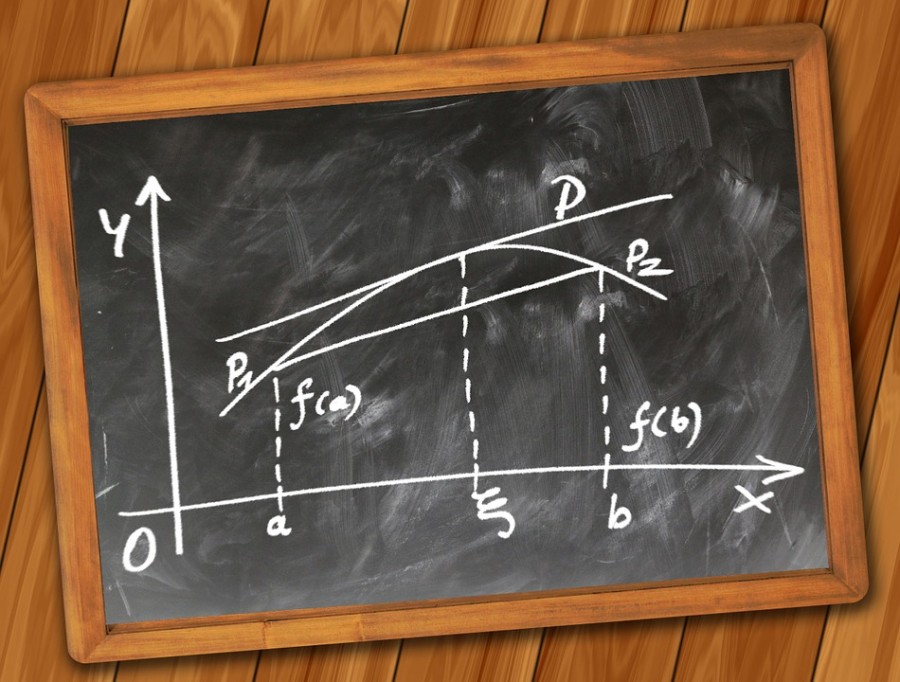Traditional math class was all about solving problem sets as fast as possible, but increasingly math teachers are slowing down to allow kids the time and space to reason through their answers and explain their thinking to peers. For those who seek a demonstration of that path, take a look at the Teaching Channel video below. Third grade teacher Jen Saul leads a lesson meant to support students’ mathematical problem solving abilities. She works hard to normalize struggle and has students find three different ways to represent the same problem.
“They can assure themselves and don’t have to wait for the teacher to come around and say, ‘yeah, you got it.’” Saul said of the approach. She makes sure students have time to work independently before they share their strategies with one another, a time when they practice using math language and explaining their thinking. Meanwhile, Saul is rotating around the room, supporting students and pushing their thinking along. One of the most important parts, she says, is when she invites students to come to the front and share their solutions. This student-led solution time reinforces the class culture and helps students see one another as experts.
Algebra is another important area of math and is often seen as the gateway subject to higher math. While students may see algebra as a time to memorize equations, strong teachers know this is an incredibly important time to make sure students’ math reasoning is solid. In the video below, math coach Audra McPhillips explains how she leads eighth graders through the process of developing a conjecture about functions. She asks them to look for patterns and has intentionally given them three examples that have something in common (the rate of change) and a point of difference (the y-intercept), meant to push student thinking a little further.
McPhillips does very little telling students how to think, instead she lets them develop a conjecture that they believe to be true beyond the examples in front of them and requires them to explain why. Note, she doesn’t expect all students to write a conjecture by the end of the lesson, but she does have them fill out exit slips to record what they learned and how far they got as a quick reflection before they head to their next class.














